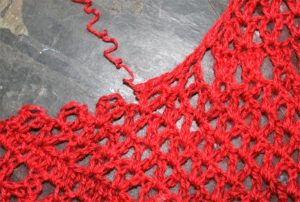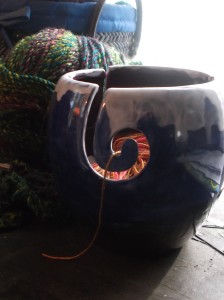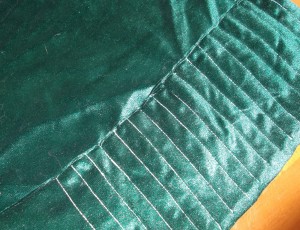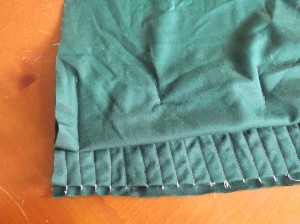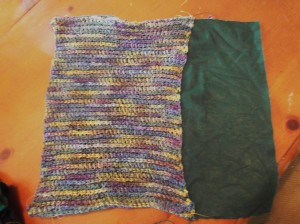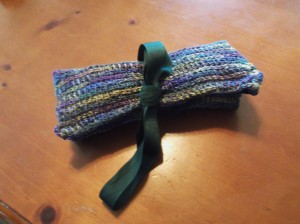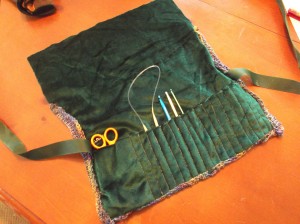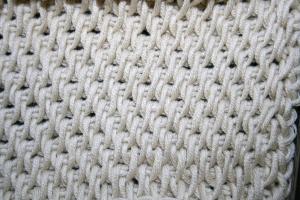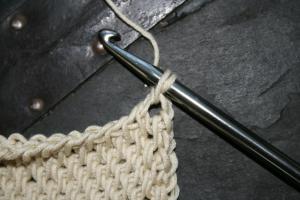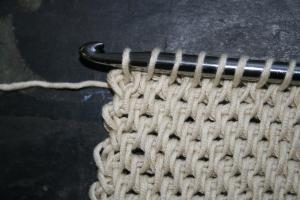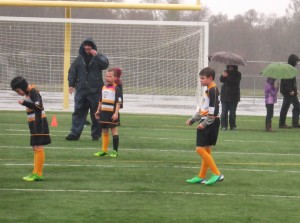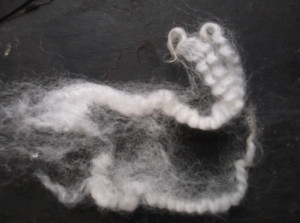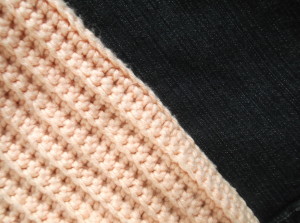Does it matter which way I turn? Do I have to chain first? These are two common questions that any crochet instructor is asked when teaching the basics.
My typical answer is, “as long as you are consistent, it does not matter”, but that is not quite true.
The reason I give my answer above, is because I know that the student is taking in a lot of information and do not want to overwhelm them with small details that may discourage, and in the long run it really may not make a difference in your work.
However, there are some subtle difference to the direction you turn your fabric and effects of your fabric. I am primarily writing from the view point of right handed crocheter, but in the parentheses I note the left handed viewpoint).
Turning Your Fabric
The standard way to turn your fabric it to turn it like the page of a book (like you have been reading the last page of the book and need to turn back to the beginning). Turning this direction keeps the working yarn to the back of the fabric, in the same manner of placement as when you complete your crochet stitch.
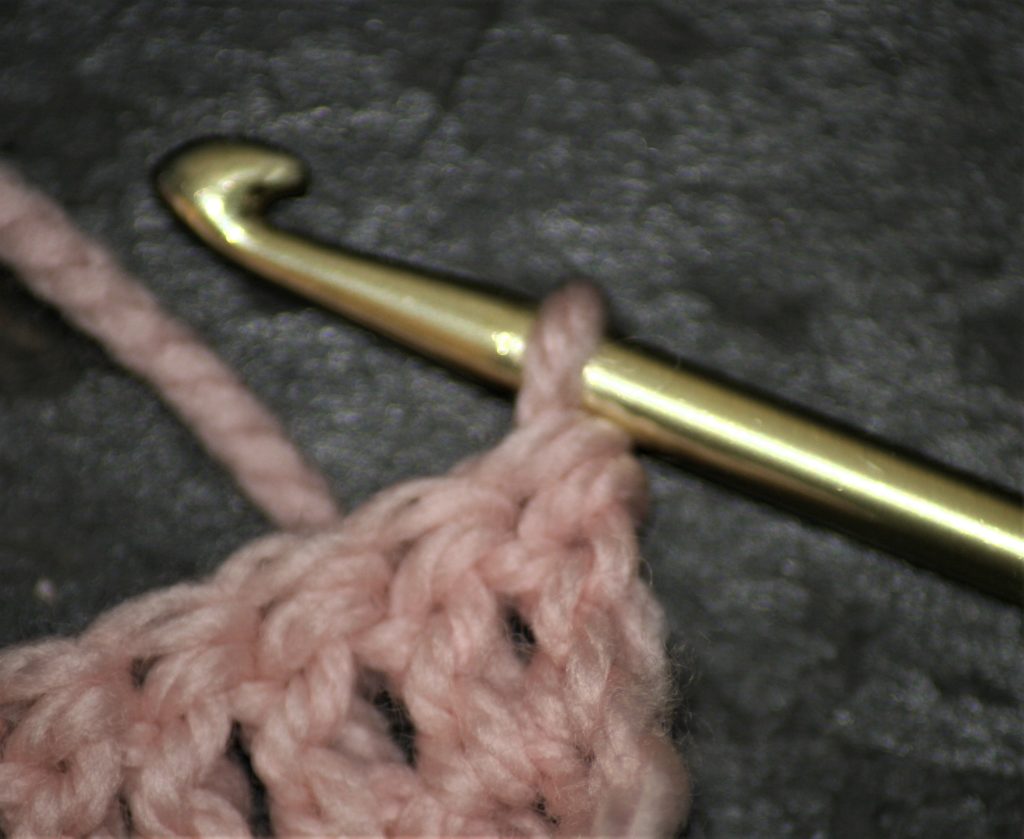
Turning the fabric in the opposite direction the working yarn is placed in the front of the fabric. While you can still create a stitch creating a yarn over feels a bit different, maybe even awkward. This placement also sets up some challenges depending on what stitch is being worked next.
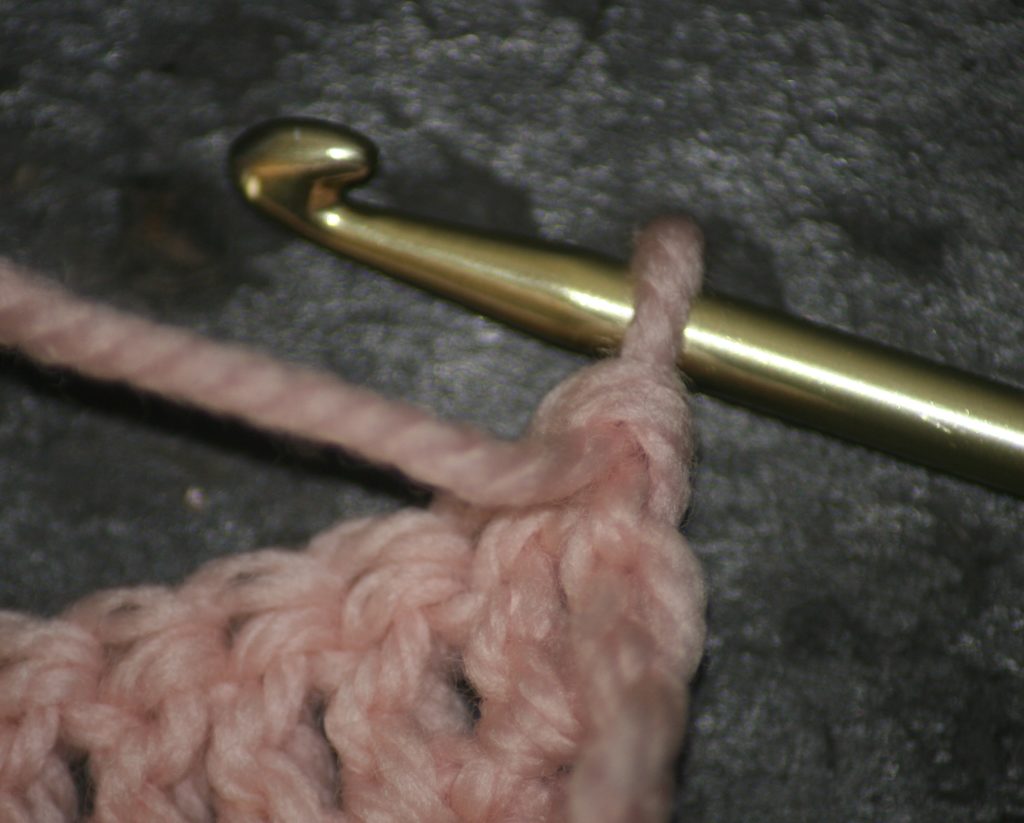
I have primarily found this with working a back loop single crochet. By having the working yarn in the front of the work, it can make it difficult to get the hook placement in the first back loop as it is not readily apparent and thus this stitch may be skipped.
To Chain or Turn
So, then to turn and chain, or chain and then turn? As long as you are only turning 180° there is no real apparent difference. In either case, if the chain is created on a fabric that has the yarn to the front of the work, the back side of the chain is facing forward. If the fabric is created with the working yarn to the back the chain will appear to have a slight twist.
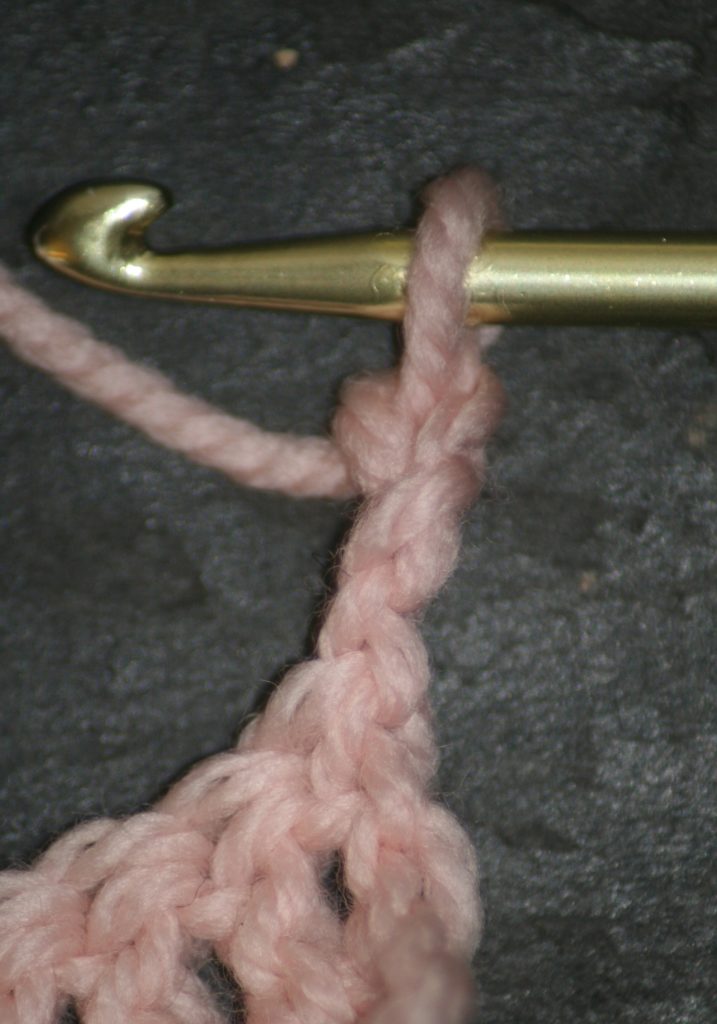
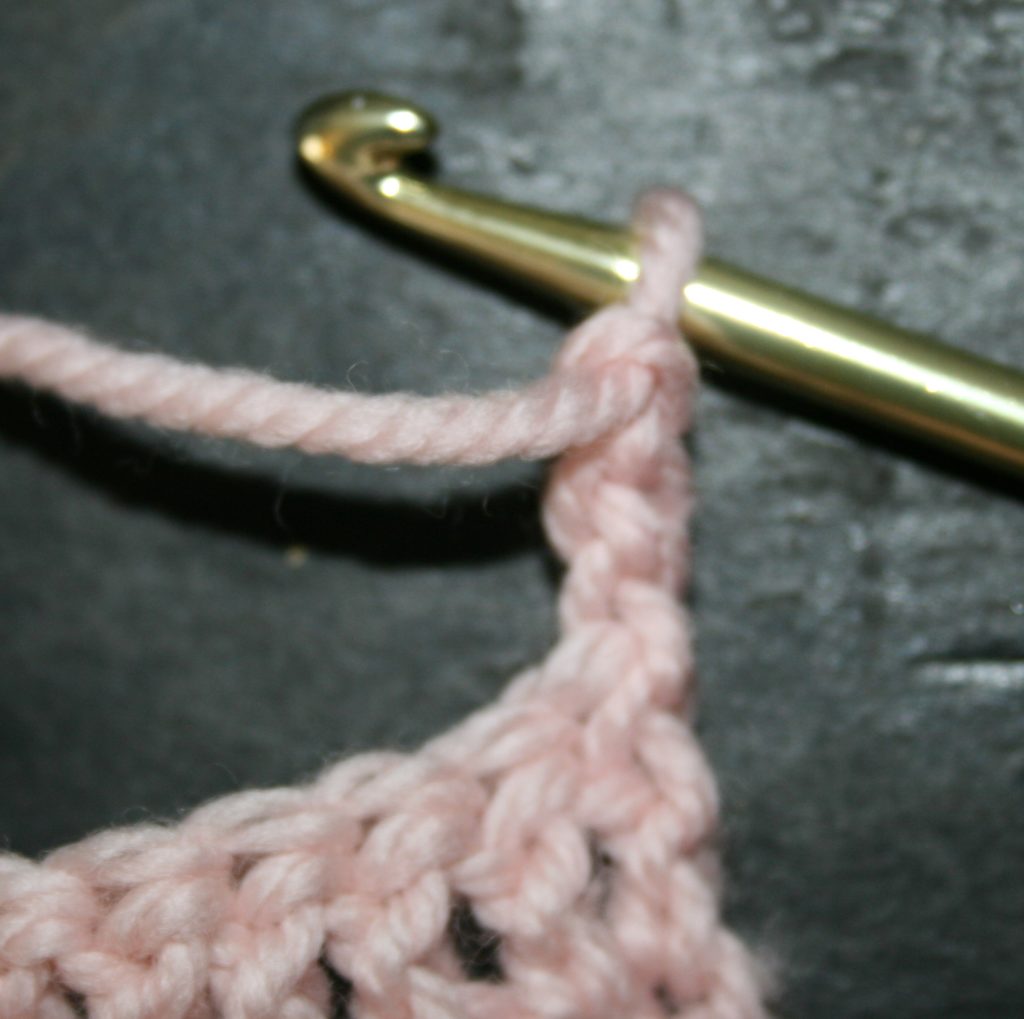
So to summarize, if you find that the first stitch of a row feels a bit different than the other stitches, check the way you are turning and see if it makes a difference, but do not worry about when and how you chain, it works the same either way.


